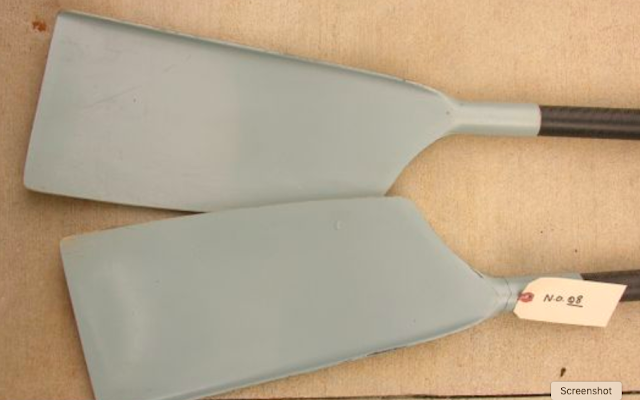
Both Braca Sport and Croker Oars have trialled ‘wave’ formation blades in the past. These designs involve extending the top lip in an attempt to capture the water flowing over the blade. The aim of this design was to create more hold or grip on the water. You will also notice some current C2’s seem to have the remnants of such a design element. The Croker wave formation was disbanded in the prototype phase as the rowers were not able to extract the blade cleanly from the water at the finish. These ‘wave’ designs were not effective in preventing the blade from being buried and once submerged could not be released.
In contrast, the RANDALLfoil design does not employ a wave formation, but a distinct opposing surface which is set against the flow of the water – a hydrofoil.
The primary design concept was not to create more hold on the water (though this has been one of the surprise results, a measurable reduction in catch slip) instead to eliminate all contact between the water and the oar shaft. The oar shaft is a pure lever and when in contact with the water acts like dragging a pole through the water. The buried shaft serves only as a point of resistance against the effort of the rower.
The RANDALLfoil creates a hydrofoil lift effect without the rower being able to bury the shaft through the water whilst employing a technical and powerful horizontal rowing stroke.
The result : faster boat speeds